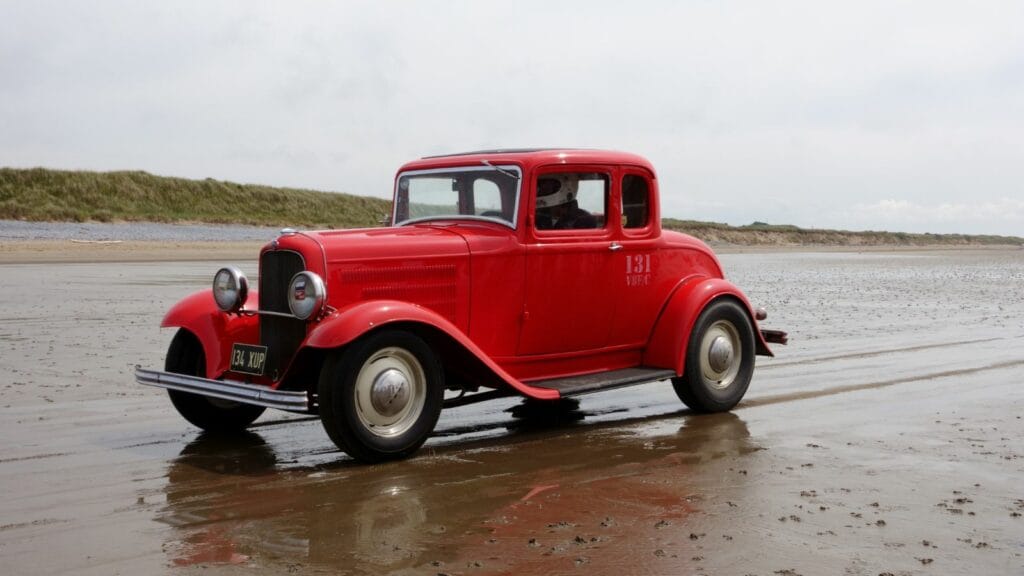When they rolled off the production line, some cars did more than move people around; they became lasting symbols of their eras. These vehicles captured the spirit of their times with innovative designs, pioneering engineering, and staying power. Here are 25 iconic automobiles that have defined their respective eras.
Ford Model T (1908)
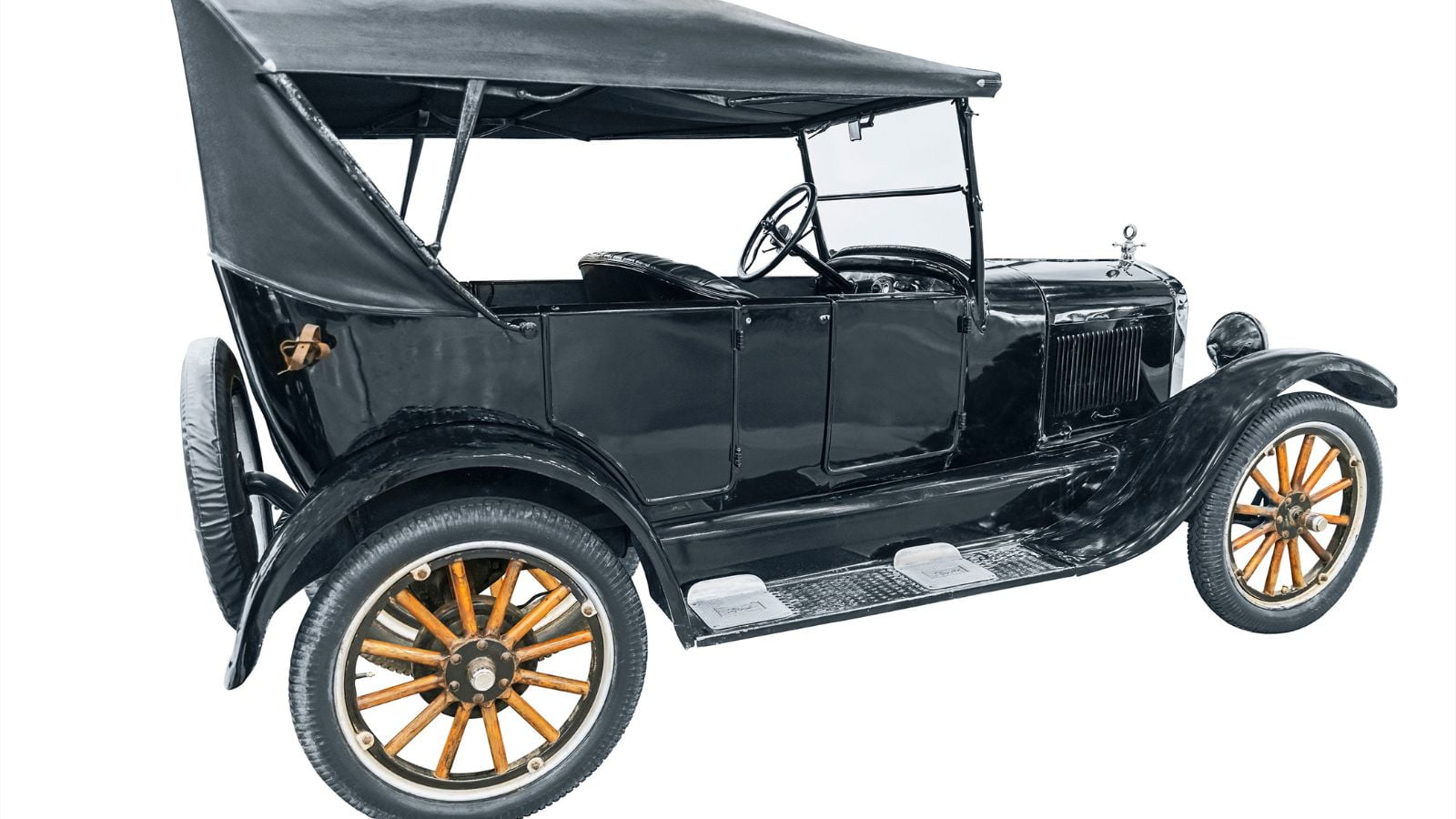
The Ford Model T, designed by Henry Ford, was a revolutionary personal vehicle introduced in 1908. A 2.9L inline-4 engine powered this car, and it was the first to be mass-produced on an assembly line, making it affordable for the average American family. The interior was bare bones, with simple wooden bench seating and a minimalist dashboard. Speed was not its game because it took more than 40 seconds to take 60 mph. Still, its reliability and accessibility made it an icon of culture, ushering in the age of automobiles.
Volkswagen Beetle (1938)
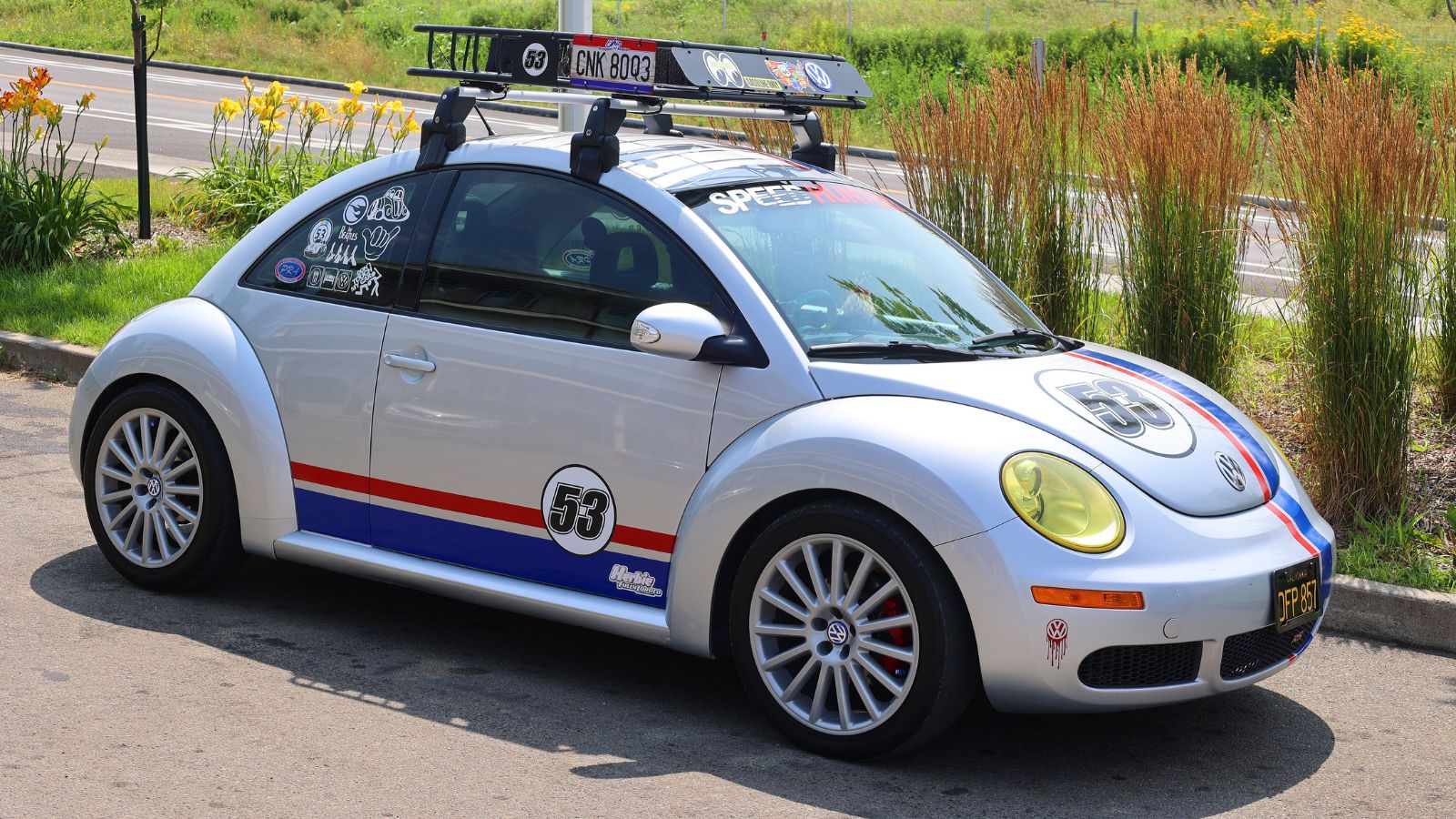
The Volkswagen Beetle, by Ferdinand Porsche, in 1938, was a car with a sense of practicality and charm. It has an air-cooled 1.1L flat-four engine that is economical and tough. This also resonates with the no-frills dashboard and tight-fitting vinyl seats. This car wasn’t fast – 0 to 60 mph was over 20 seconds. The Beetle’s design and value made it a rather quickly beloved global icon following the war.
Jaguar E-Type (1961)
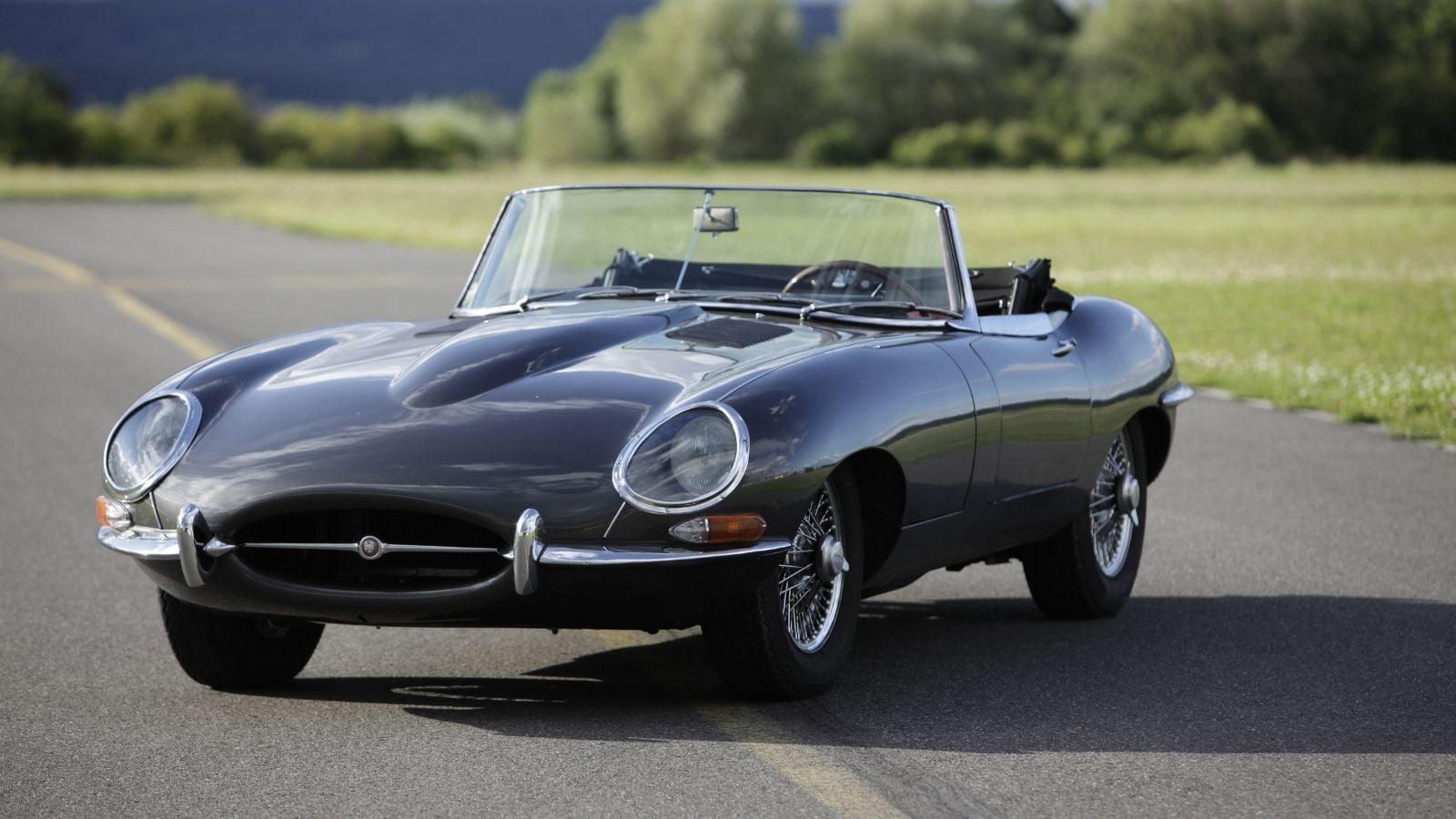
The Jaguar E-Type was launched in 1961. Designer Malcolm Sayer put a 3.8L inline-six 265 horsepower engine inside that took it from 60 mph in 6.7 seconds. The interior had leather bucket seats, a wood-rimmed steering wheel, and a built-in classic toggle switches dashboard. With this speed, elegance, and poise, the E-Type was an overnight legend often described as “the most beautiful car ever made.”
Ford Mustang (1964)
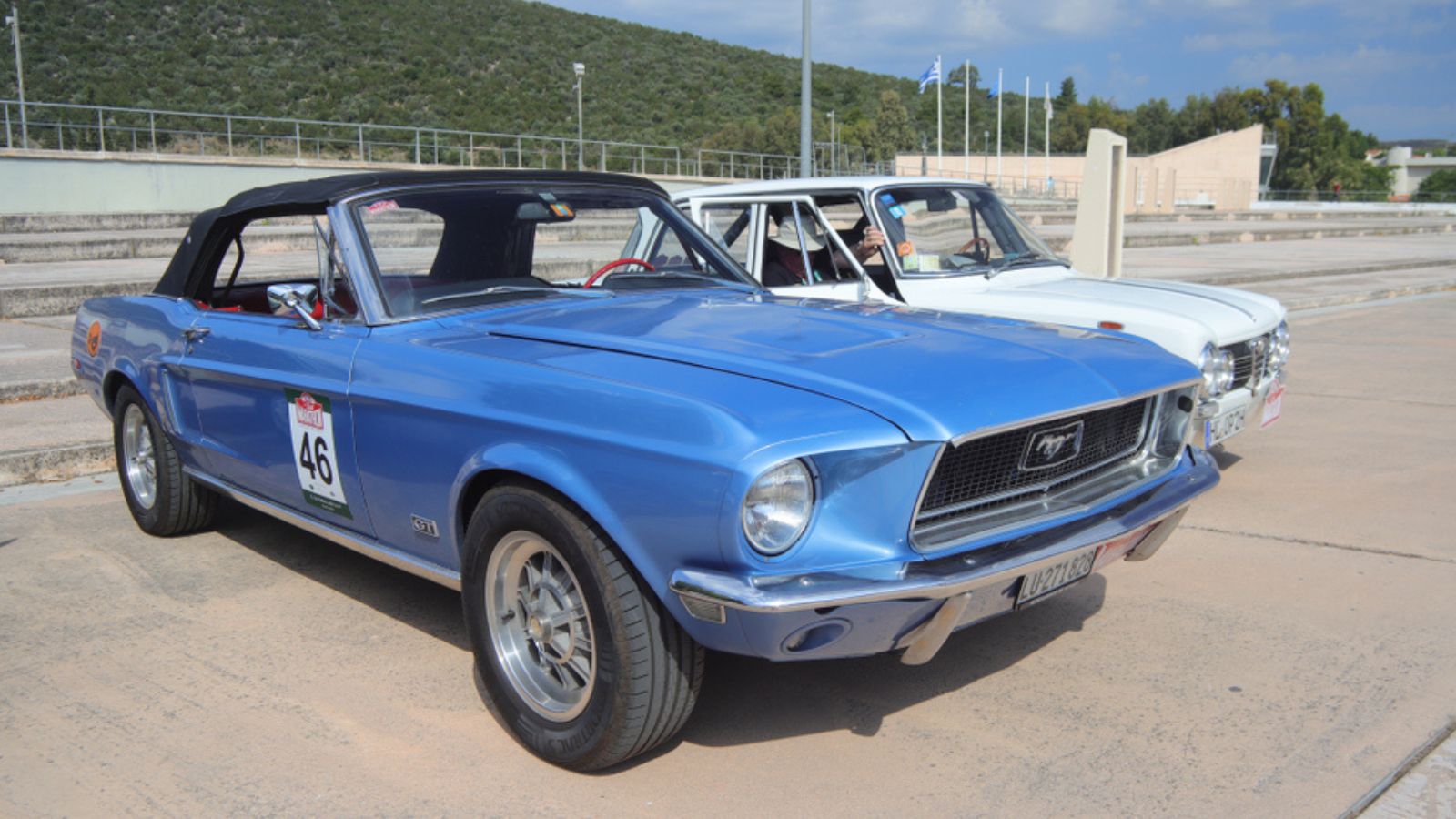
Launched in 1964, the Ford Mustang, penned by designer Gale Halderman, ignited the pony car craze. The Mustang was powered by a 4.7L V8 engine, hitting 0 to 60 mph in 8.0 seconds. Its interior was designed with youth in mind, featuring sporty bucket seats, a three-spoke steering wheel, and customizable trim packages. The Mustang’s affordability and versatility made it an icon of 1960s Americana.
Chevrolet Corvette Stingray, 1963
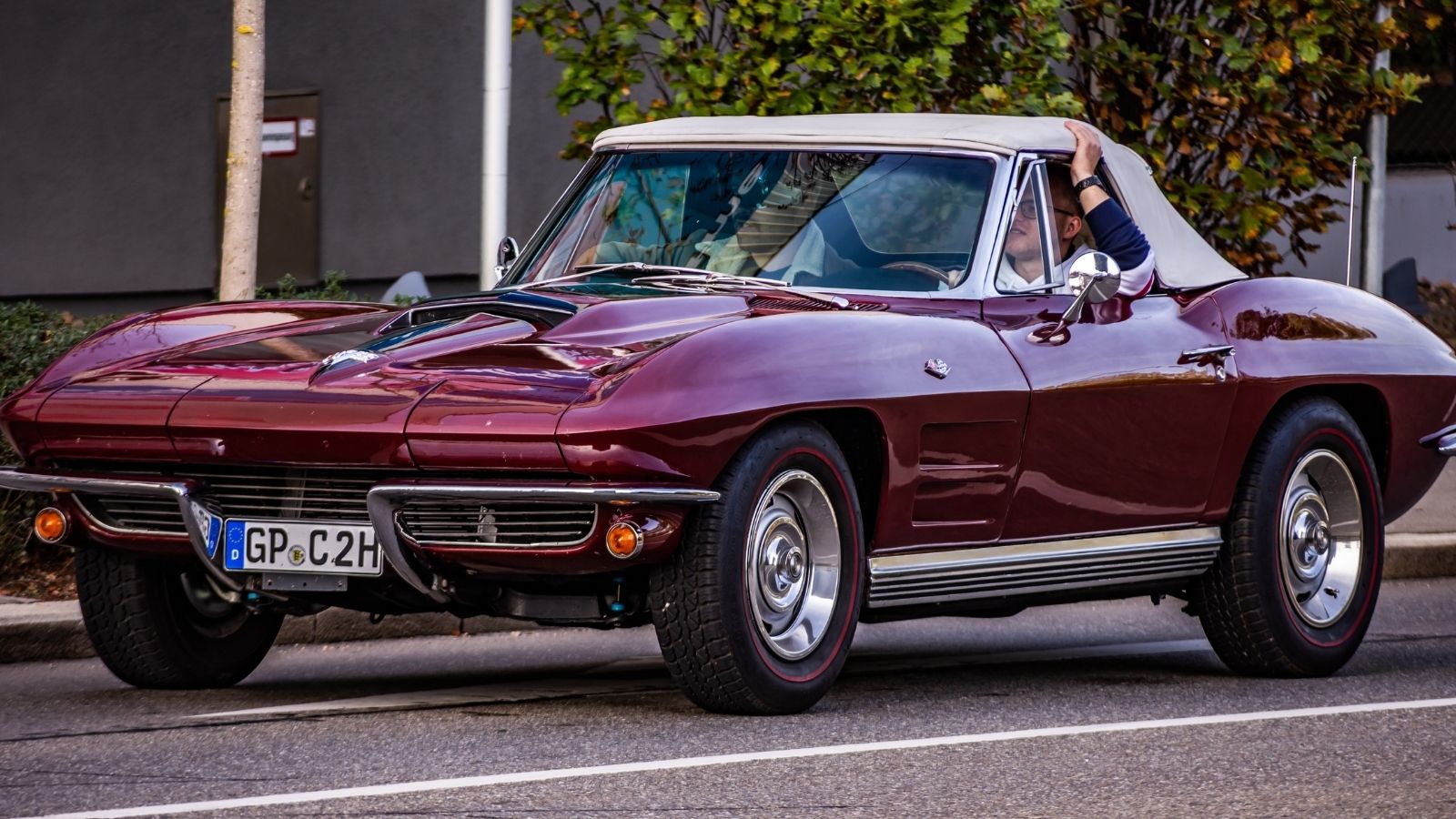
Larry Shinoda introduced the 1963 Chevrolet Corvette Stingray in the American sports car sphere. The 5.4L V8 powered the vehicle, taking 6.0 seconds from 0 to 60 mph. The interior features a futuristic cabin, dual pod instrumentation, bucket seats, and an aircraft-inspired interior. Its split-windowing and breathtaking performance make the Stingray one of those cars that was the perfect epitome of innovation and style.
Porsche 911 (1964)
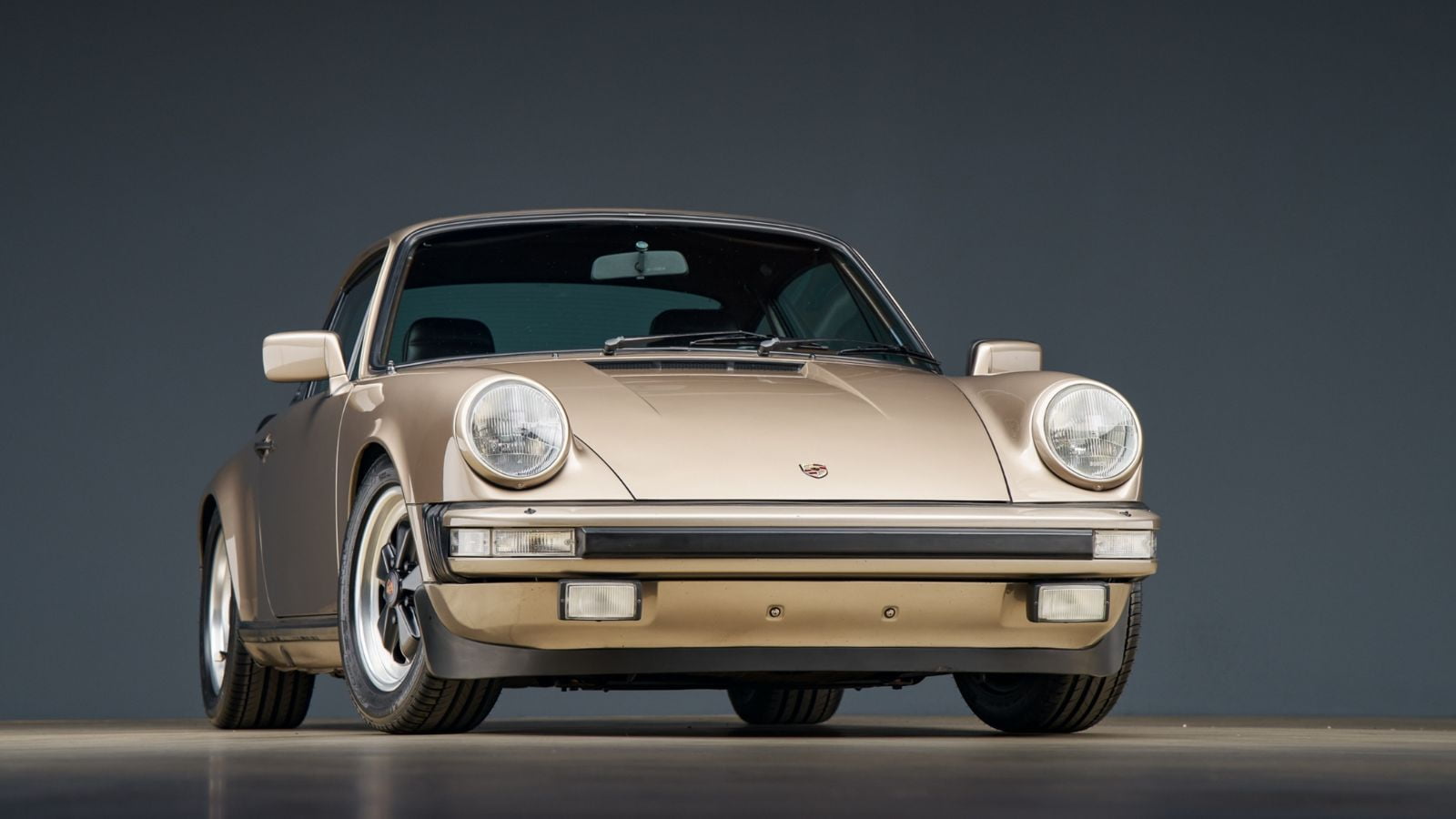
The Porsche 911, designed by Ferdinand “Butzi” Porsche, debuted in 1964 as an icon for the sports car to be remembered for eternity. The air-cooled 2.0L flat-six engine produced 130 horsepower, allowing the car to hit 60 mph in 8.5 seconds. Interior touches include supportive leather seats and a five-gauge instrument cluster. Its performance, reliability, and design blend have been relevant throughout generations.
Mini Cooper (1959)
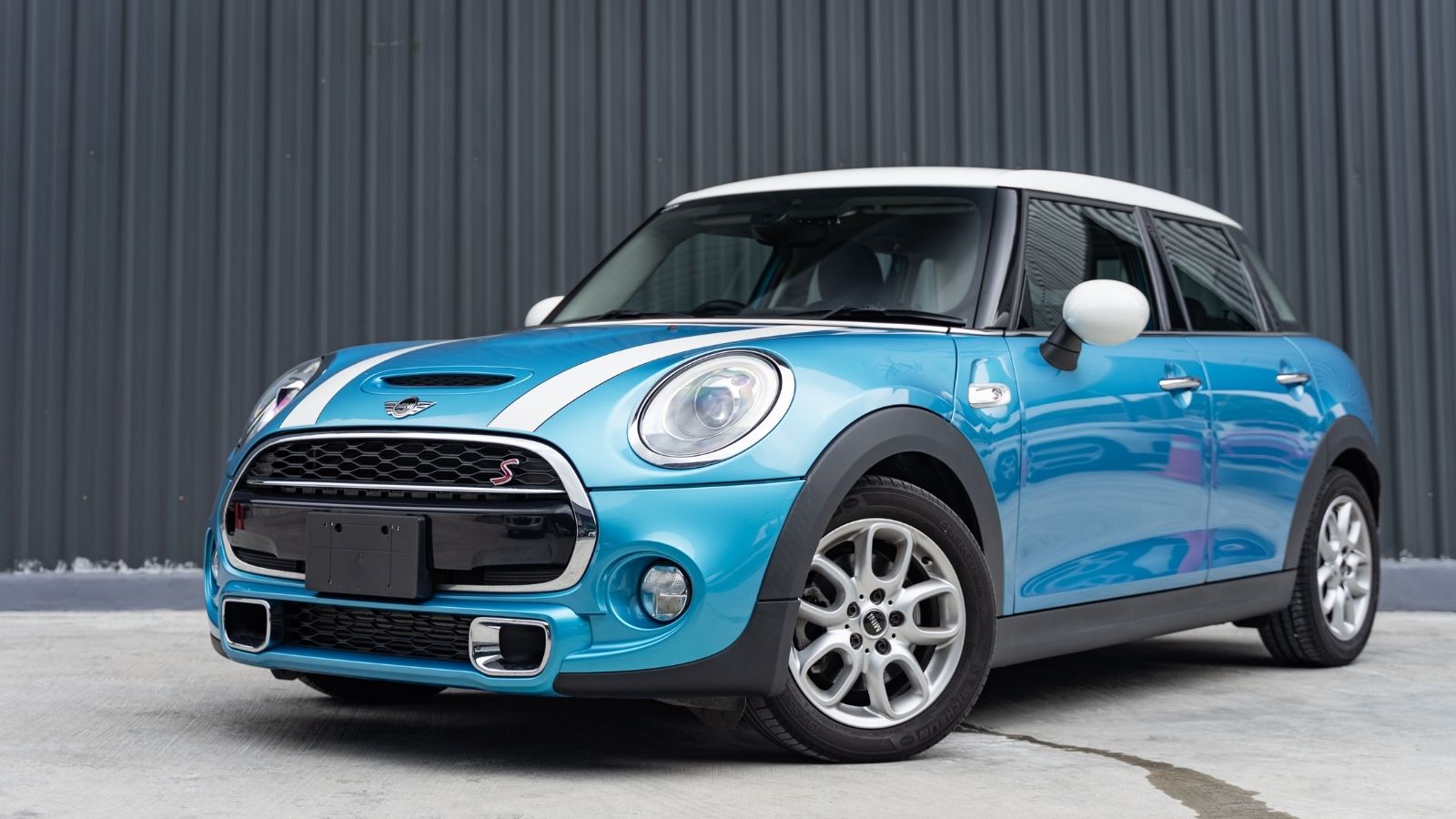
Sir Alec Issigonis designed the Mini Cooper, which first appeared in 1959. The car revolutionized the small car market through smart engineering and design. The Mini Cooper had a displacement of 848cc and inline-four; it was not exactly a speedster but made up for that by its agility and could achieve 60 mph in about 14 seconds. The interior was minimalist but functional, with a center-mounted speedometer and closely fitting seating, which took whatever little space it could take within the small body structure. It was quaint, affordable, and defined 1960s British culture.
Mercedes-Benz 300SL Gullwing (1954)
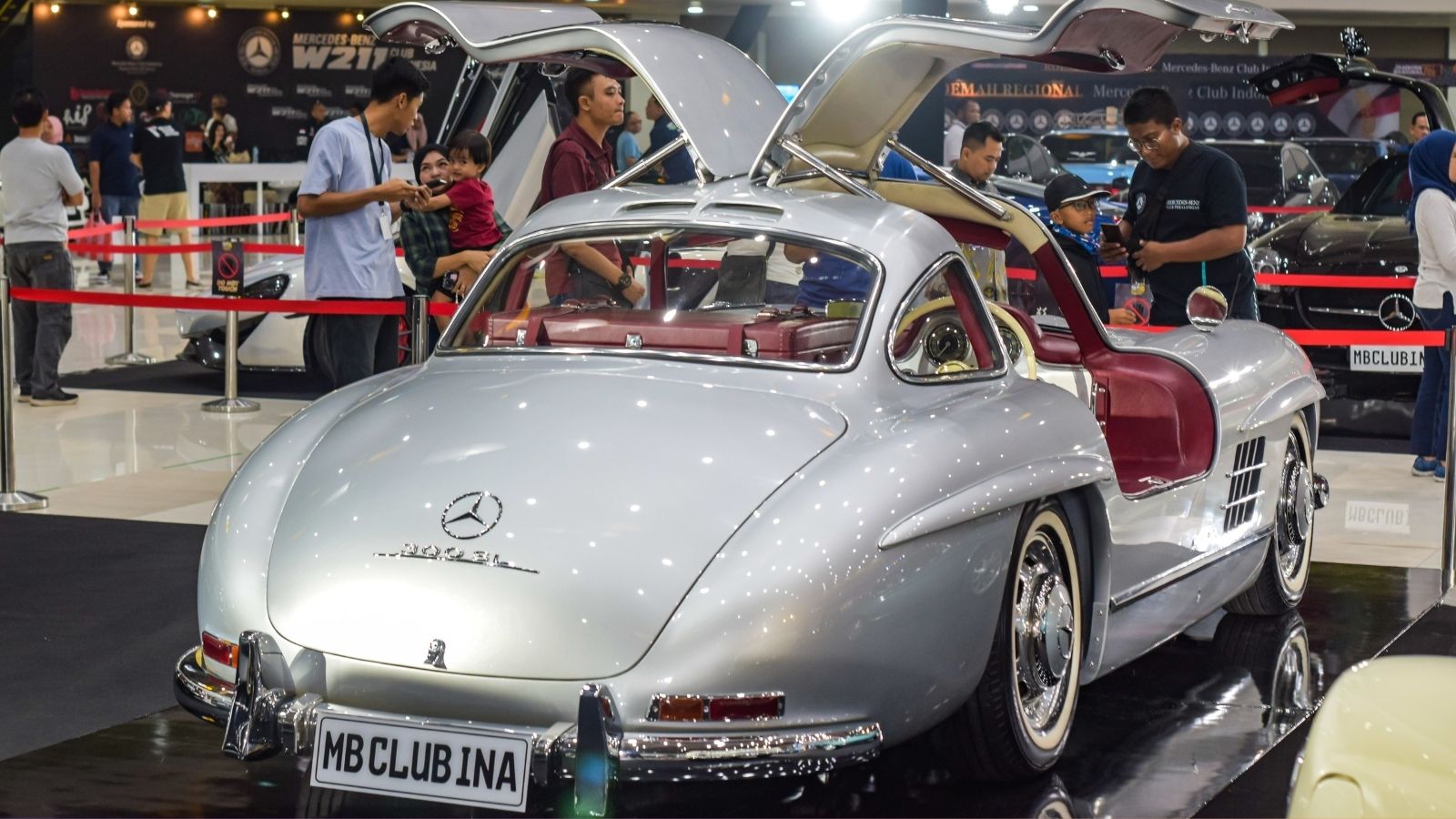
Introduced in 1954, the Mercedes-Benz 300SL Gullwing by Friedrich Geiger marked the gold standard of innovation and style. Its 3.0L inline-six engine with direct fuel injection made 215 horsepower and could take it from 0 to 60 mph in just 7.4 seconds. The 300SL exuded post-war luxury and engineering brilliance with leather upholstery, a wood-rimmed steering wheel, and dramatic gullwing doors.
1968 Dodge Charger R/T
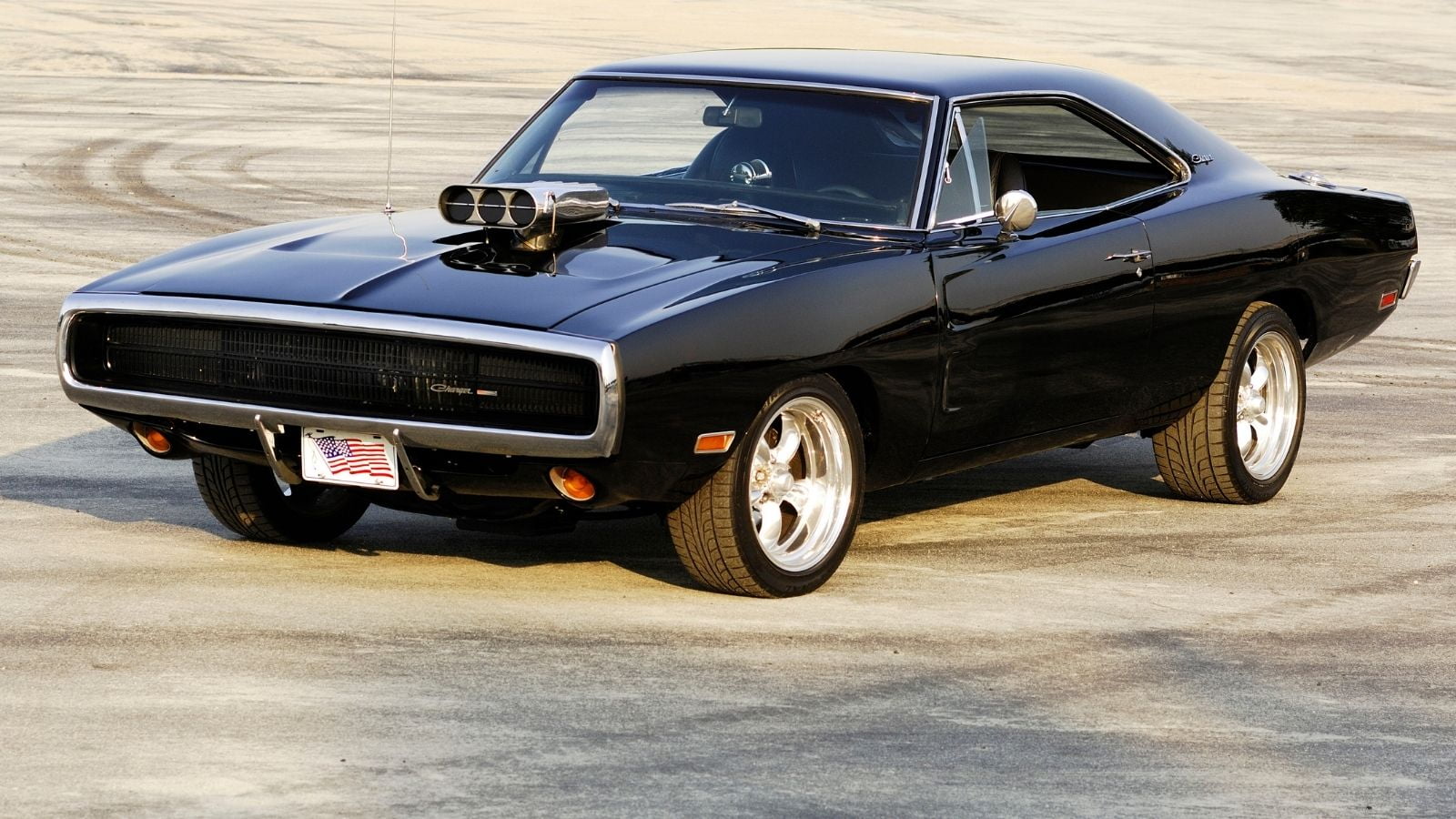
The 1968 Dodge Charger R/T, penned by Carl Cameron, embodies the spirit of American muscle cars. Its monstrous 7.2L V8 roared with 375 horsepower and accelerated from 0 to 60 mph in 6.5 seconds. It featured high-back bucket seats, a performance-oriented dashboard, and an optional woodgrain finish. The aggressive styling and raw power of the Charger made it the epitome of rebellion during the 1960s, immortalized in endless car chases on the big screen.
Chevrolet Camaro Z28, 1967
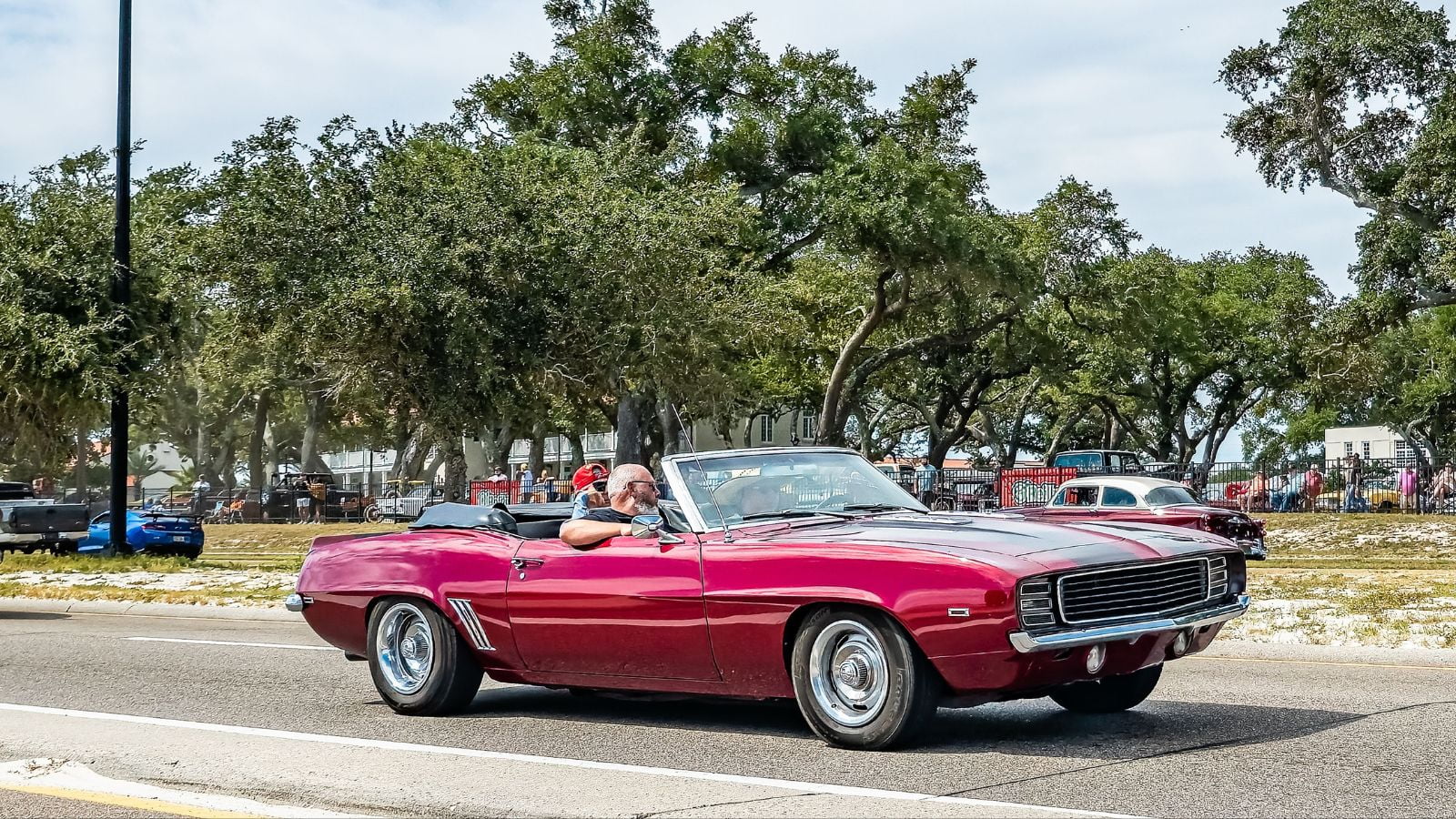
The Chevrolet Camaro Z28 was introduced in 1967 as a direct response to the Ford Mustang. Pete Estes and the Chevrolet team designed it. Its 4.9L V8 engine had 290 horsepower. It went from 0 to 60 mph in 7.0 seconds. The interior was completed with sporty bucket seats, a console-mounted tachometer, and optional deluxe trim packages. The Camaro Z28 became a legend of the muscle car wars, combining performance with unmistakable style.
Toyota Land Cruiser (1951)

Launched in 1951, the Toyota Land Cruiser, designed by Toyota’s in-house team, became a global icon of reliability and off-road capability. Its rugged inline-six engine allowed it to traverse the most challenging terrains easily. The interior was utilitarian, with durable vinyl seating and a no-nonsense dashboard focused on practicality. While speed wasn’t its forte, taking nearly 20 seconds to reach 60 mph, its ability to go anywhere earned it a legendary reputation.
Aston Martin DB5 (1964)
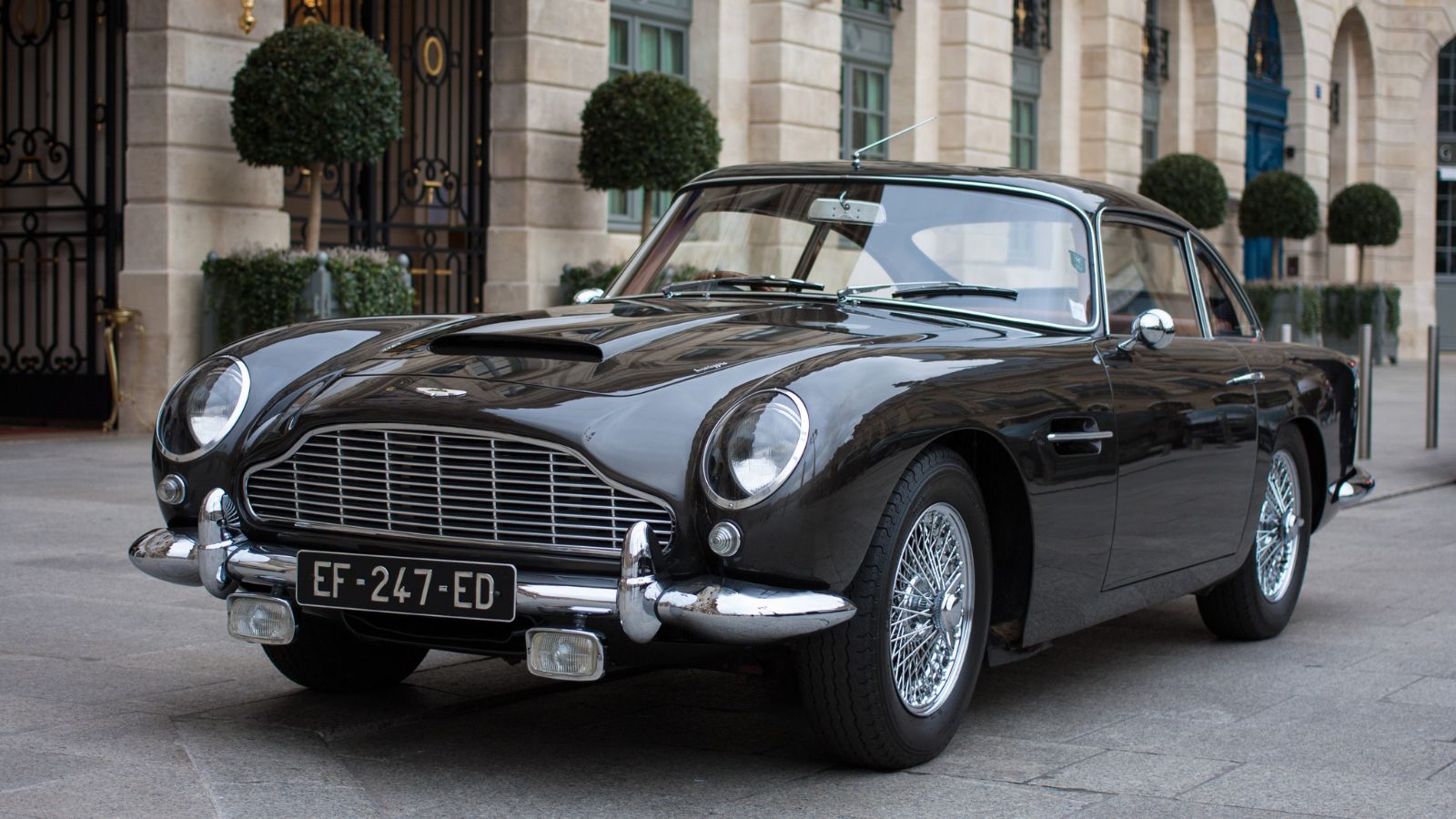
The Aston Martin DB5, released in 1964 and designed by Carrozzeria Touring, symbolized British luxury and elegance. Its 4.0L inline-six engine produced 282 horsepower and accelerated to 60 mph in 8.0 seconds. The interior was a masterpiece, with Connolly leather seats, walnut trim, and high technology for such a car at the time. It featured a fire extinguisher and oil slick dispenser (in its James Bond version). No wonder the DB5’s role in Goldfinger made it the ultimate spy car.
Pontiac GTO (1964)
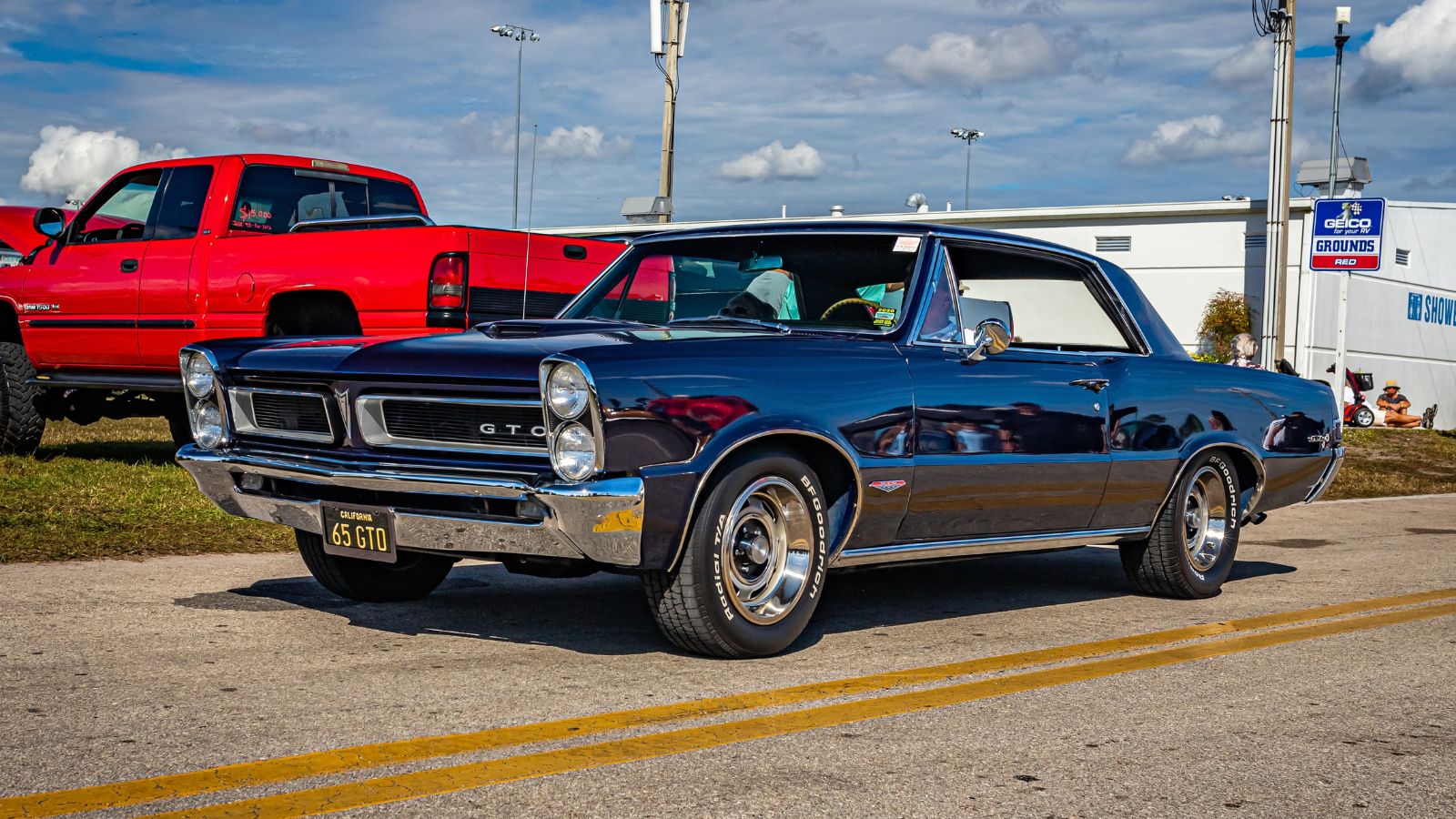
Often credited with beginning the muscle car era, Pontiac’s 1964 GTO was one of John DeLorean’s designs. The GTO’s 6.4L V8 produced 325 horsepower and sent this car from 0 to 60 mph in only 6.6 seconds. Comfortable bucket seats, a woodgrain dashboard, and a Hurst shifter completed an interior that combined sporty looks with serious comfort. The GTO became synonymous with raw American power, dominating the 1960s streets and drag strips.
Ferrari 250 GTO (1962)
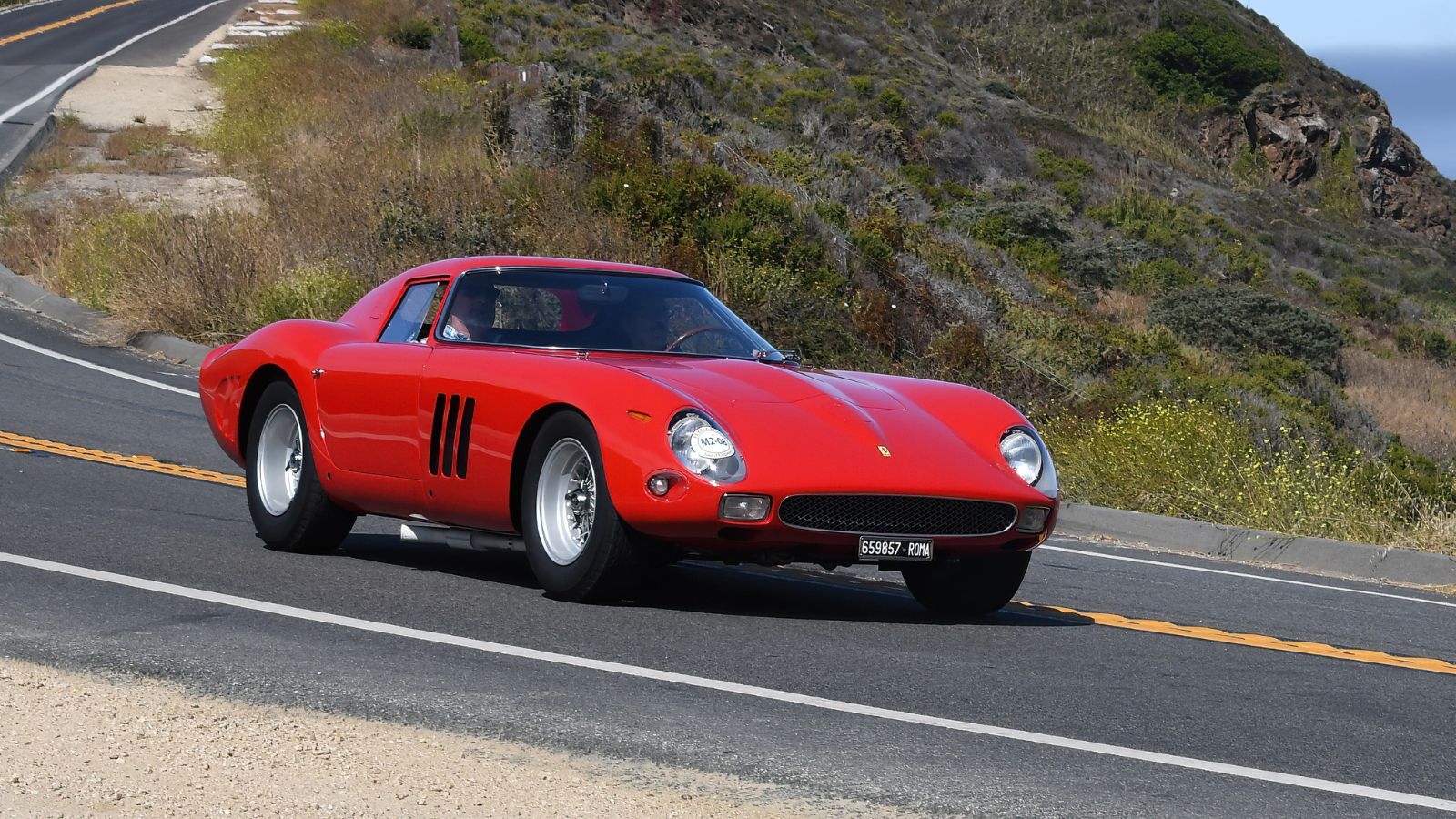
Launched in 1962 and styled by Sergio Scaglietti, the Ferrari 250 GTO is one of the most iconic cars in history. Its 3.0L V12 made 300 horsepower, propelling it from 0 to 60 mph in 6.1 seconds. Inside, the cockpit was stripped down to racing, with lightweight bucket seats and minimal instrumentation. From the curvaceous aerodynamics to its exclusivity, only 36 units were made, and it’s a legendary car.
Jeep CJ-5 (1954)
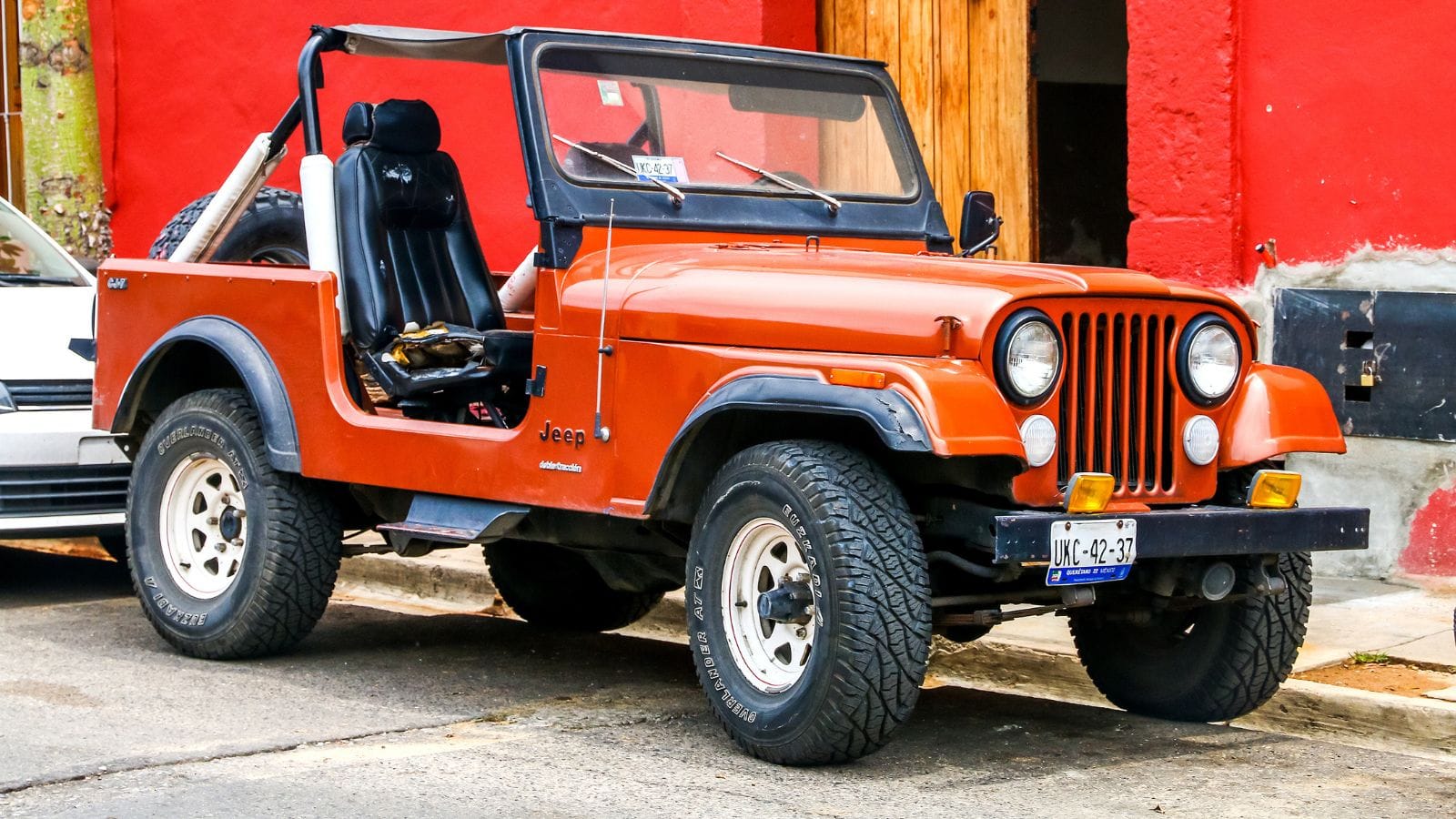
The Jeep CJ-5 was first released in 1954, a derivative of the military Willys Jeep. It’s known to symbolize ruggedness and off-road capability. Fitted with a 2.2L inline-four engine, the CJ-5 was meant to conquer terrain rather than speed, with a respectable 0 to 60 mph in about 15 seconds. The interior would be functional and unapologetic, with minimal seats, exposed metal surfaces, and a simple dashboard; it was not built to be pretty. Its utility and durability in its time made the CJ-5 an icon in the adventure crowd and with farmers, as it signified freedom and exploration.
Lamborghini Miura (1966)
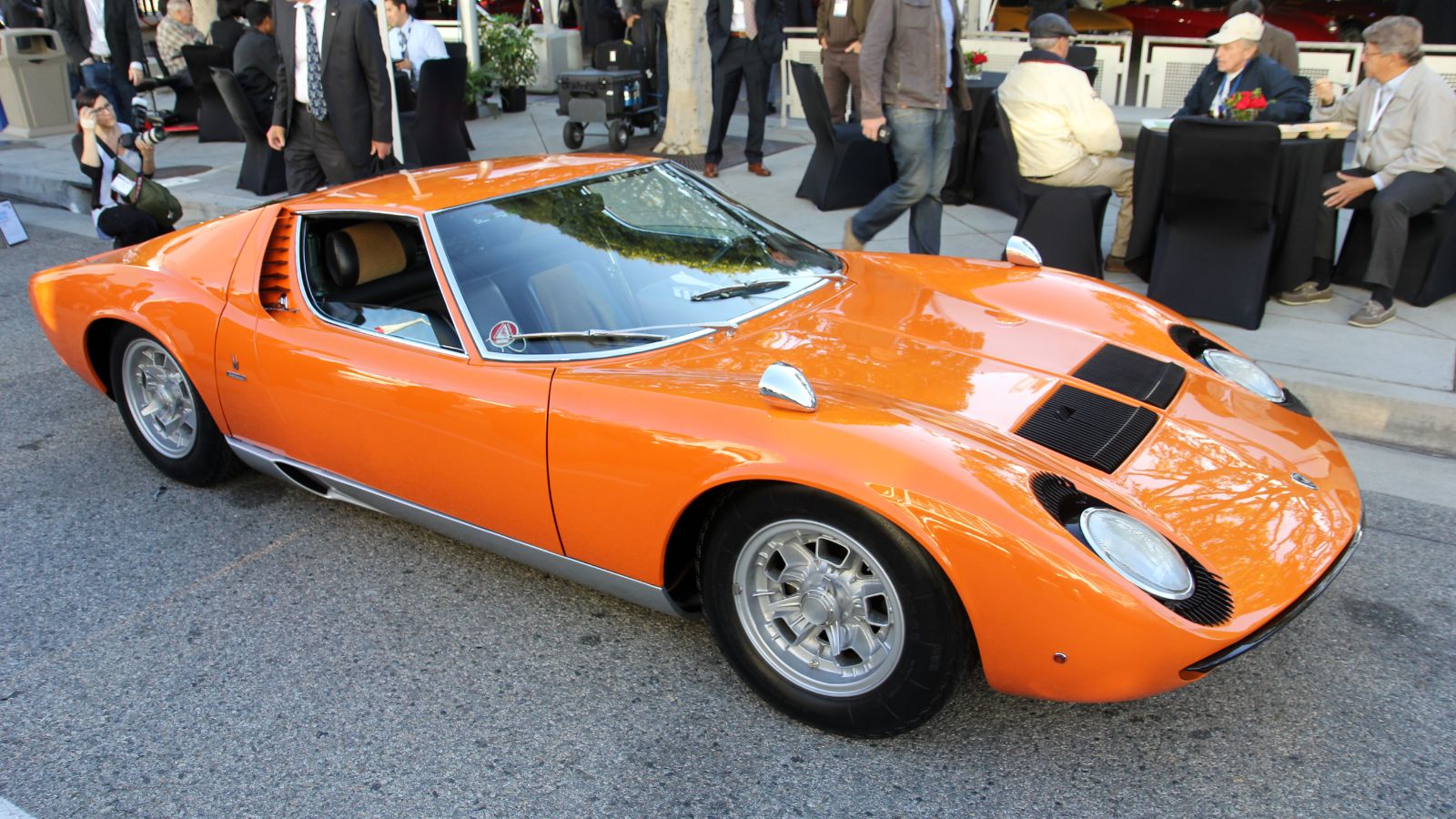
Launched in 1966 and designed by Marcello Gandini, the Lamborghini Miura is one of the first supercars. Its mid-mounted 3.9L V12 engine produced 350 horsepower, catapulting it from 0 to 60 mph in 6.7 seconds. The interior was as lavish as the exterior, with leather bucket seats, a sleek dashboard, and cutting-edge controls for the time. The Miura’s jaw-dropping design and incredible performance changed the face of automotive luxury, setting the stage for modern supercars.
BMW 2002 (1968)
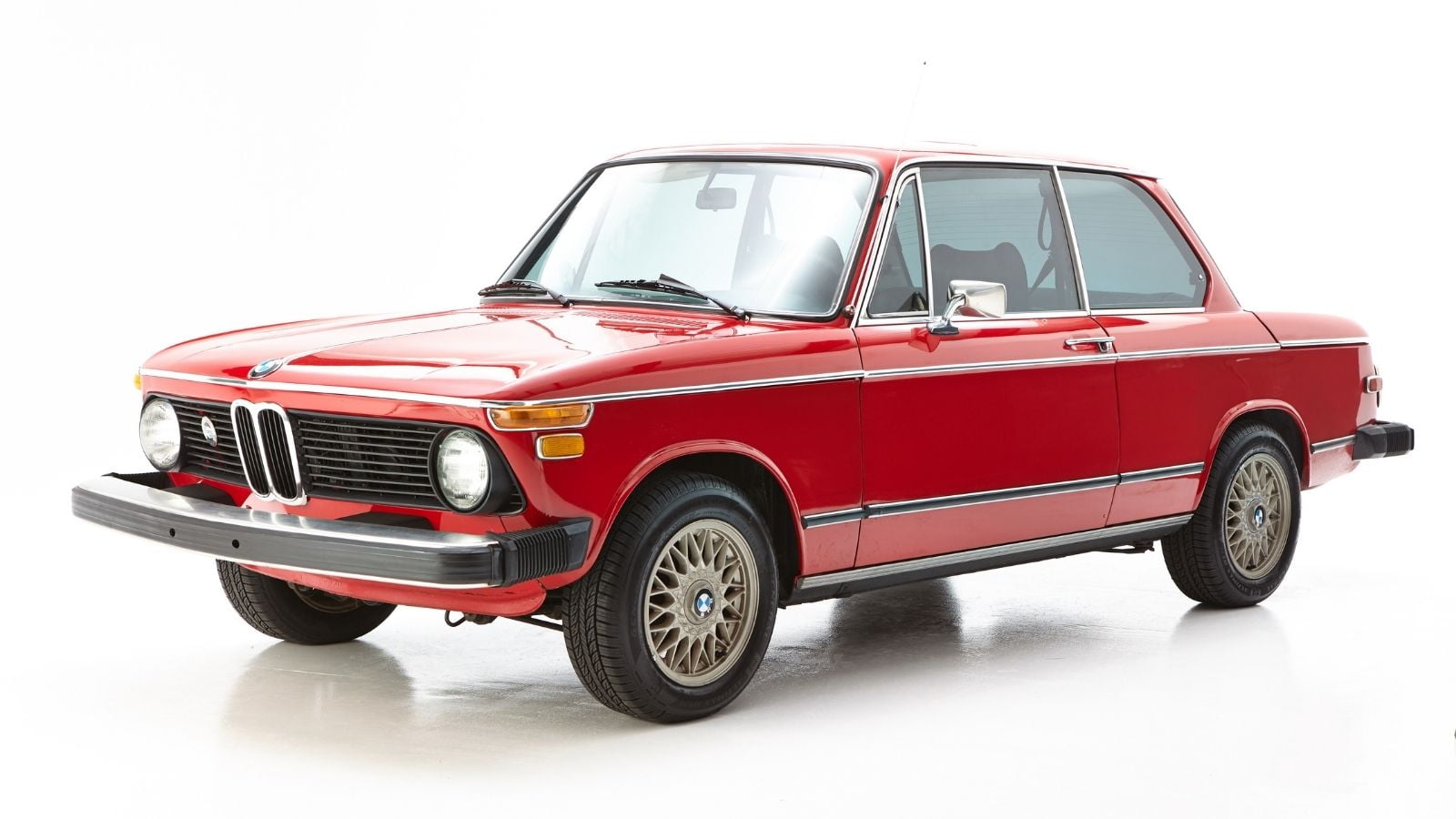
First launched in 1968, the BMW 2002 by Georg Bertram and Manfred Rennen set the template for the modern sports sedan. The 2.0L inline-four produced 120 horsepower and got the car to 60 mph in 10 seconds. Inside, the 2002 was sporty but practical, with a driver-oriented dashboard and materials that would have been high-grade for its class. With its nimble handling and iconic looks, the 2002 was the epitome of driving pleasure and established BMW as a maker of “Ultimate Driving Machines.”
Datsun 240Z (1969)
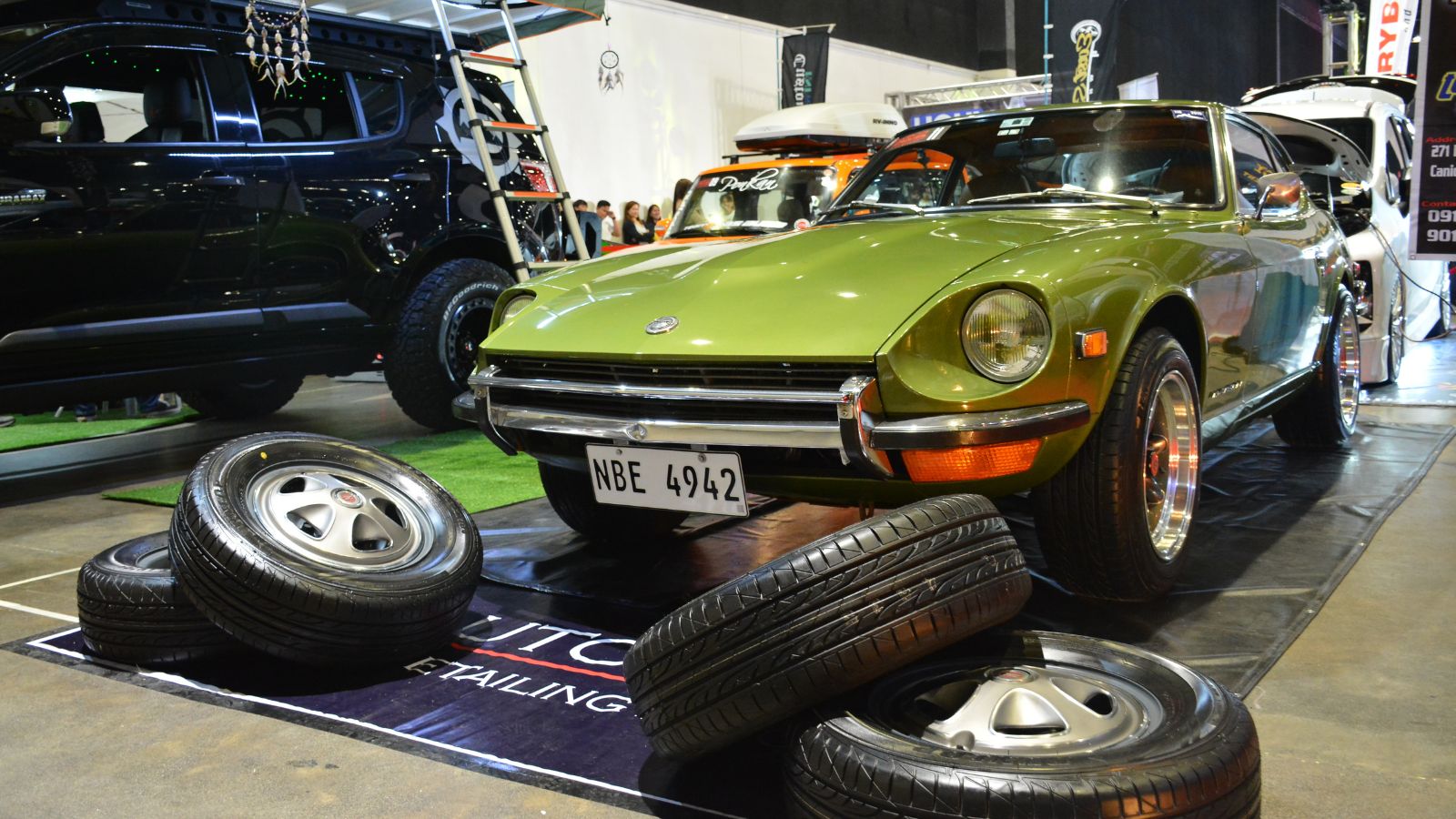
Yoshihiko Matsuo designed the 1969 Datsun 240Z, which was marketed to almost everyone and provided affordable performance to the masses. The 2.4L inline-six produced 151 horsepower, allowing the car to speed from 0 to 60 mph in 8.0 seconds. The interior sported a comfortable bucket-seat format with a three-spoke steering wheel, easy-to-see dashboard instrumentation, and much more. Its style, performance, and value blend made it the instant bestseller and definer for sports cars throughout the 1970s.
Ford Bronco (1966)
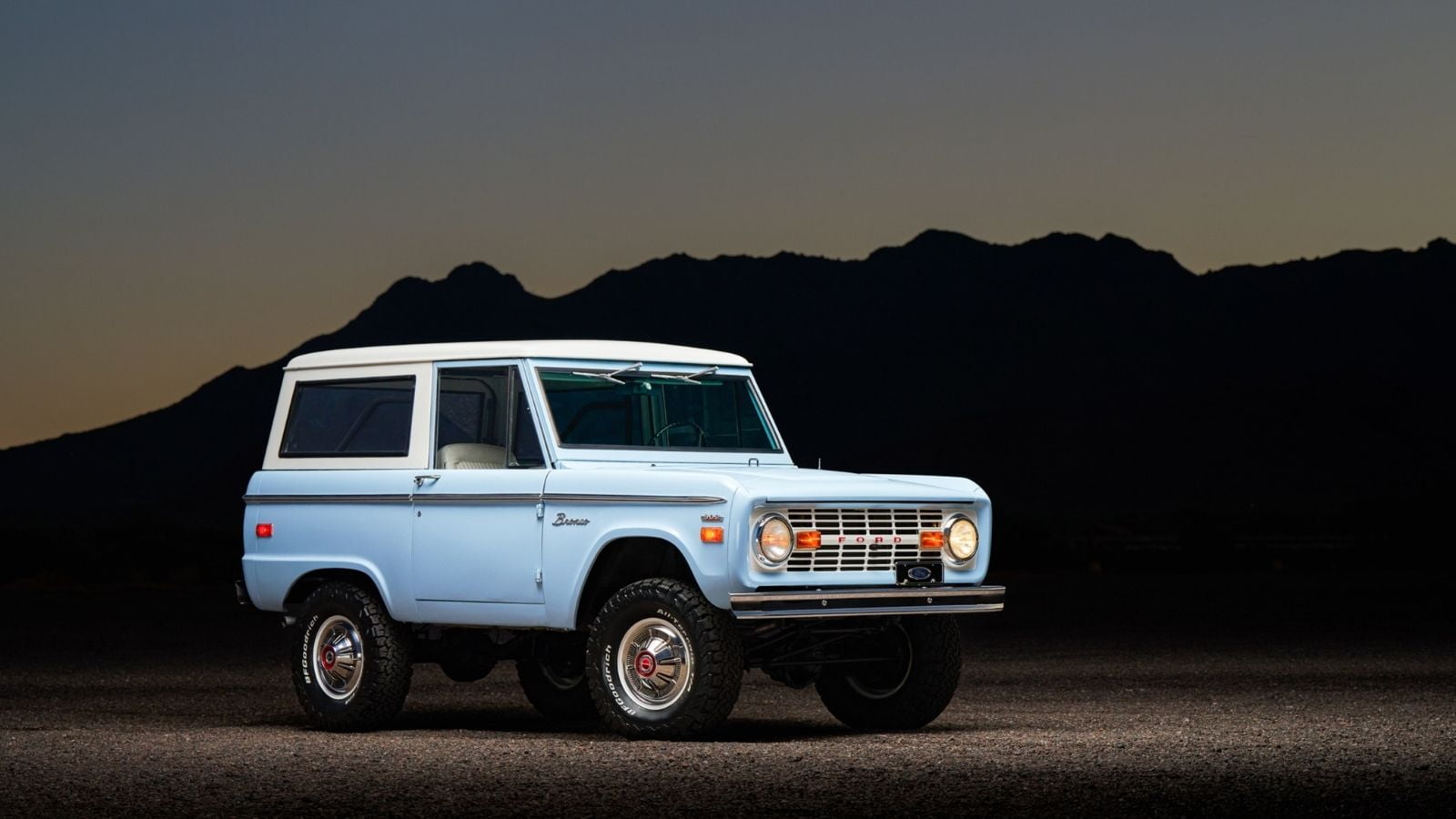
The Ford Bronco, introduced in 1966 and designed by Donald N. Frey, symbolized rugged versatility. Its 2.8L inline-six engine provided reliable performance, with a 0 to 60 mph time of about 13 seconds. The interior was practical, including durable vinyl seats, an uncluttered dashboard, and plenty of cargo space. Bronco’s go-anywhere capability and approachable design made it a favorite among outdoor enthusiasts, so much so that it was almost given a place in the legends of automotive history.
DeLorean DMC-12 1981
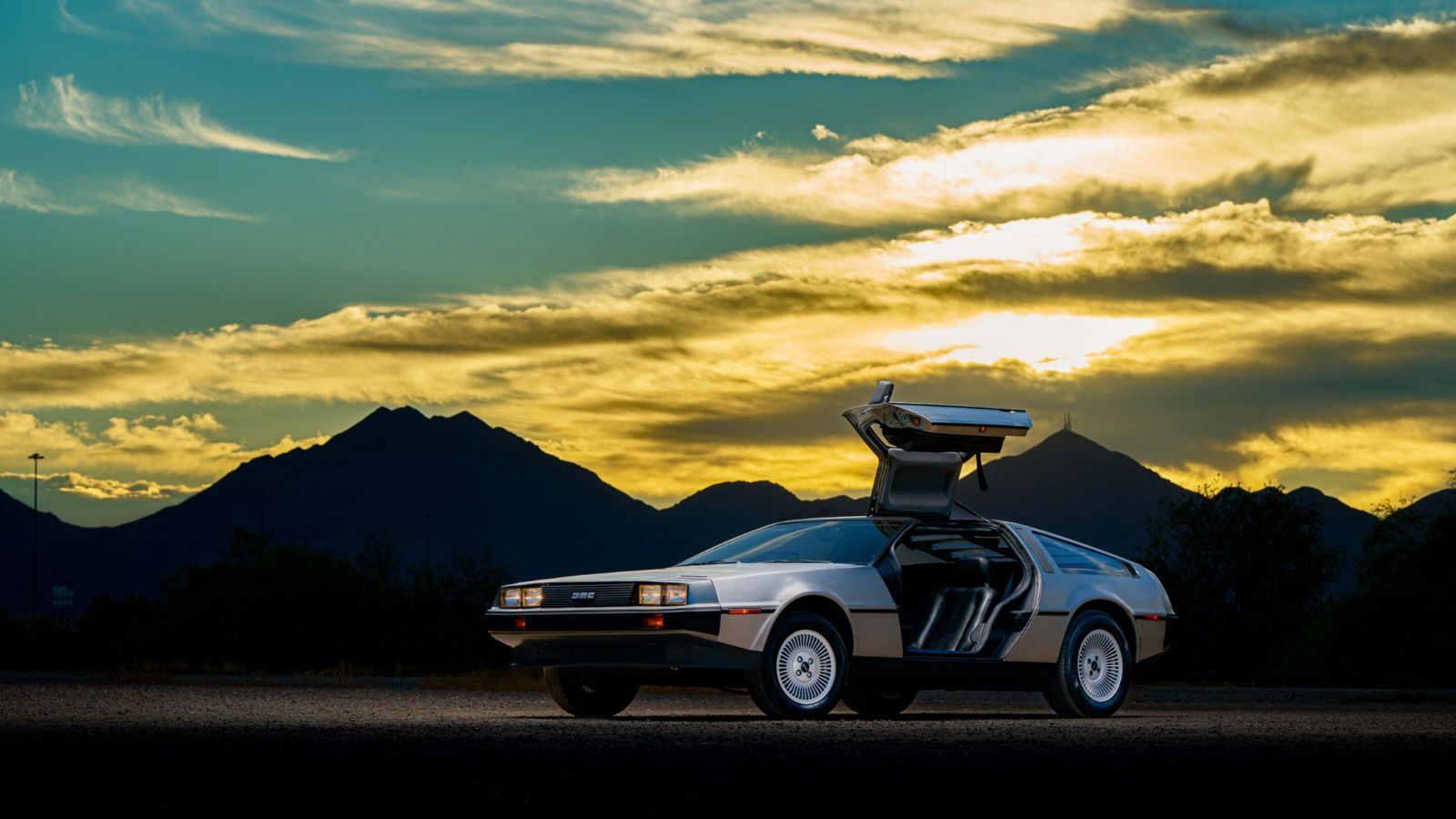
Released to public taste in 1981 and produced by Giorgetto Giugiaro, the stainless-steel body with a gullwing door for the DeLorean DMC-12 has entered the realm of pop icons. The 2.8-liter V6 engine it possesses is not very strong either, reaching 60 miles per hour in 10.5 seconds. Anyway, its design compensated for other shortcomings. Leather seats complemented a digital-like dashboard and a characteristic image that shouted “1980s.” It’s most famously immortalized in Back to the Future and has since become a cultural phenomenon.
Toyota Supra MKIV (1993)
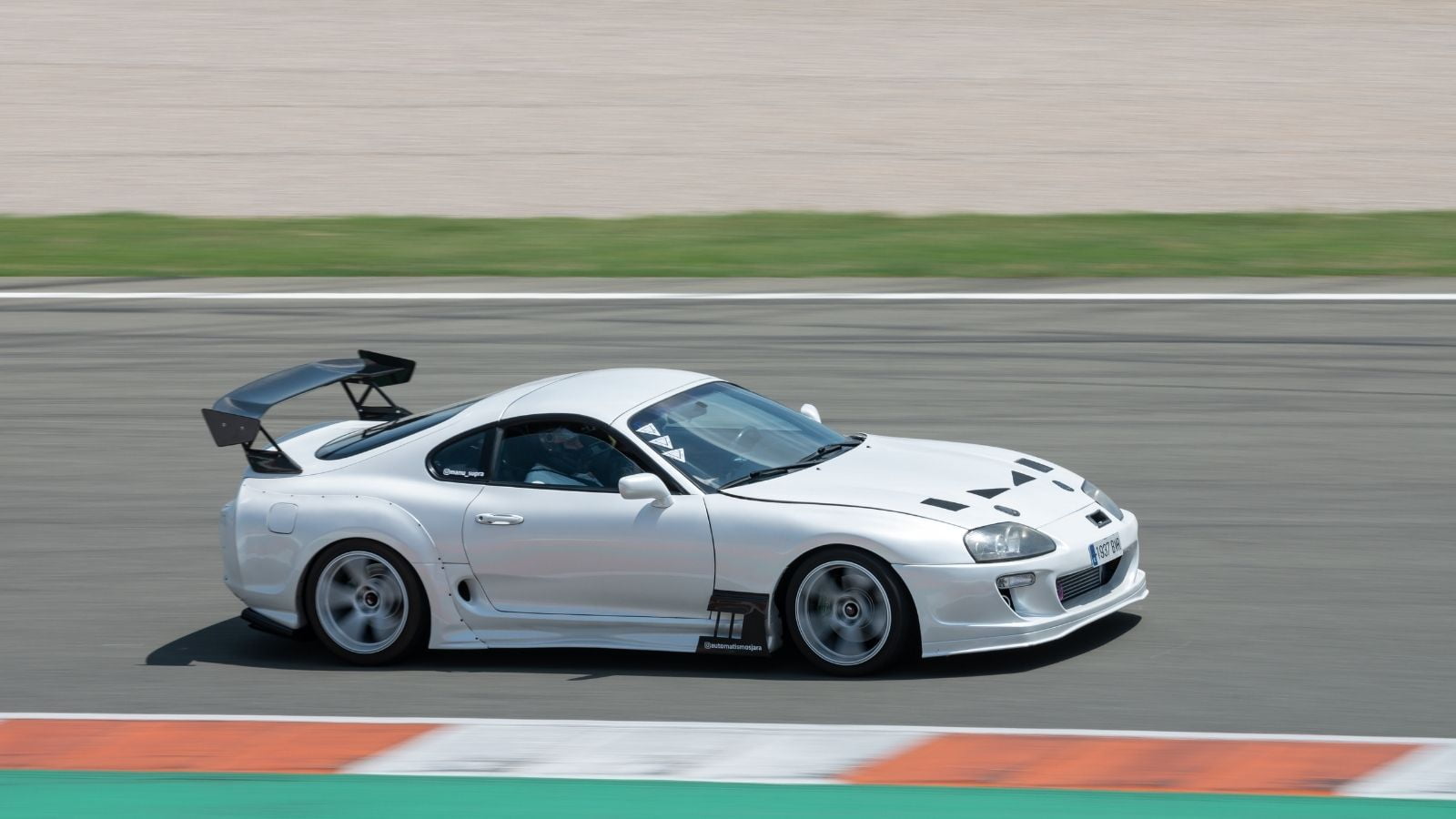
The Toyota Supra MKIV, designed by Isao Tsuzuki, came to market in 1993. This was Japan’s most impressive performance car, featuring a 3.0L inline-six engine with a twin-turbocharged option that would pump 320 horsepower, reaching 60 mph in 4.6 seconds. Driver-focused, with leather sport seats, a swooping dashboard, and instrumentation advanced for its time, the Supra’s performance, reliability, and role in The Fast and the Furious make it a legend among car enthusiasts.
Ferrari F40 (1987)
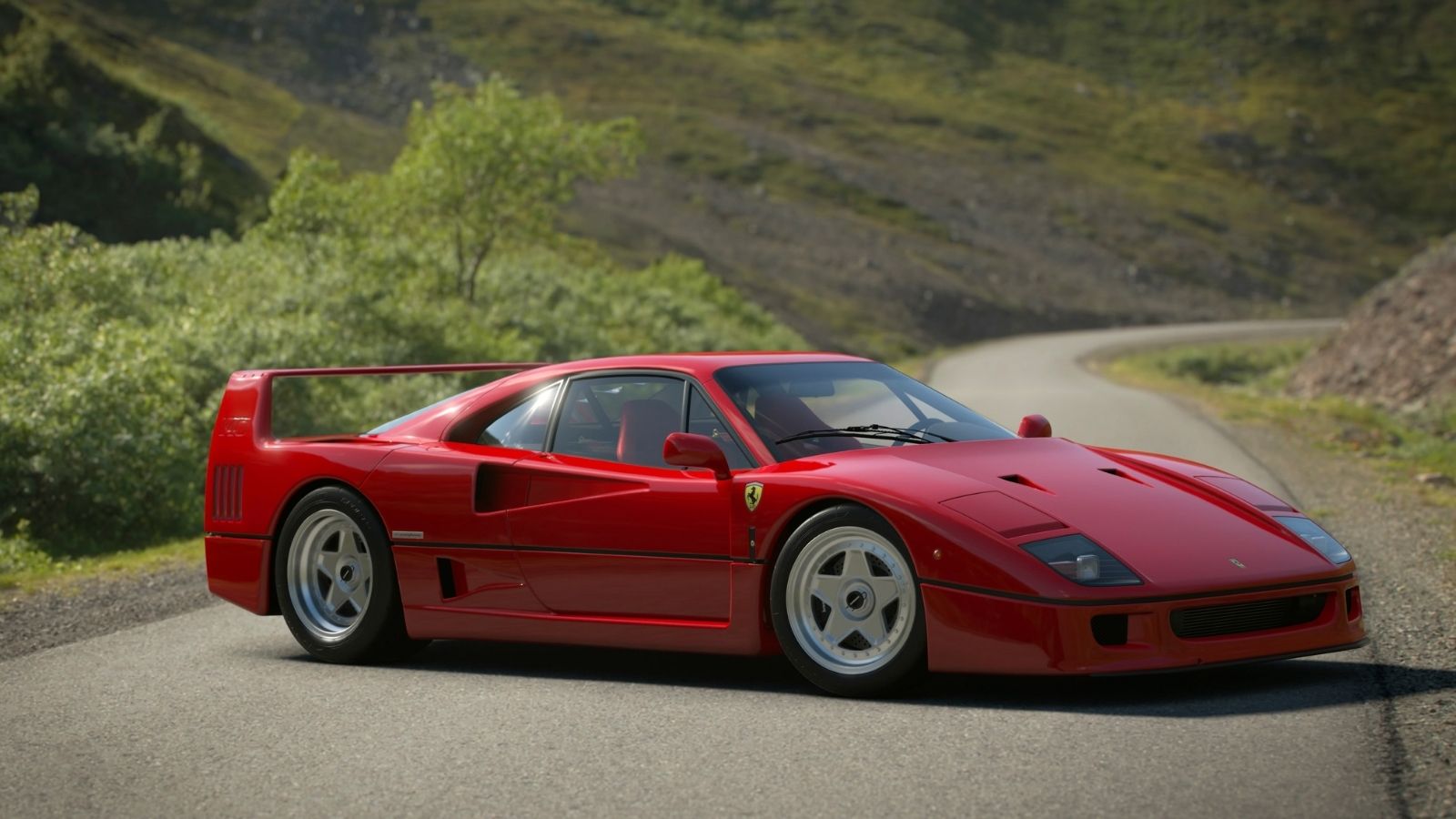
Launched in 1987, the Ferrari F40, designed by Pininfarina, was Enzo Ferrari’s swan song. Its twin-turbocharged 2.9L V8 engine delivered 471 horsepower, achieving a blistering 0 to 60 mph of 4.2 seconds. Inside, it was stripped of the essentials for weight reduction, featuring carbon fiber panels, racing bucket seats, and a simple dashboard. The F40’s raw performance and aggressive design made it an instant icon and a favorite of car collectors worldwide.
Jeep Wrangler (1986)
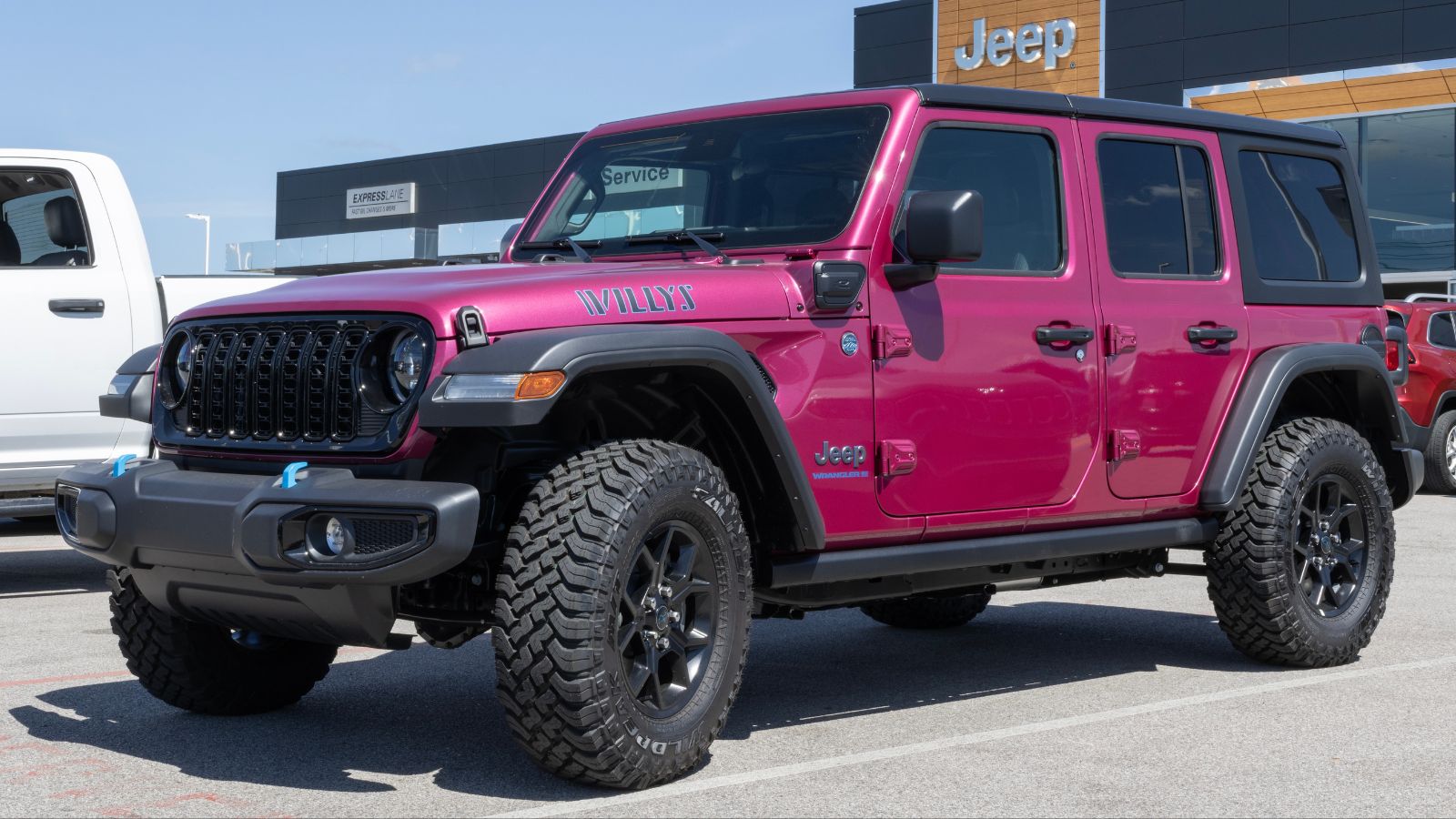
Launched in 1986 as the spiritual successor to the CJ series, the Jeep Wrangler symbolized adventure. Thanks to its 2.5L inline-four engine, the vehicle had dependable performance and could reach 0 to 60 mph in approximately 13 seconds. The interior was rugged and practical, with removable doors, durable seats, and a no-frills dashboard. One such vehicle that is unmatched for its off-road capabilities and design is the Wrangler. Therefore, it remains a symbol of freedom and exploration.
Bugatti Veyron (2005)
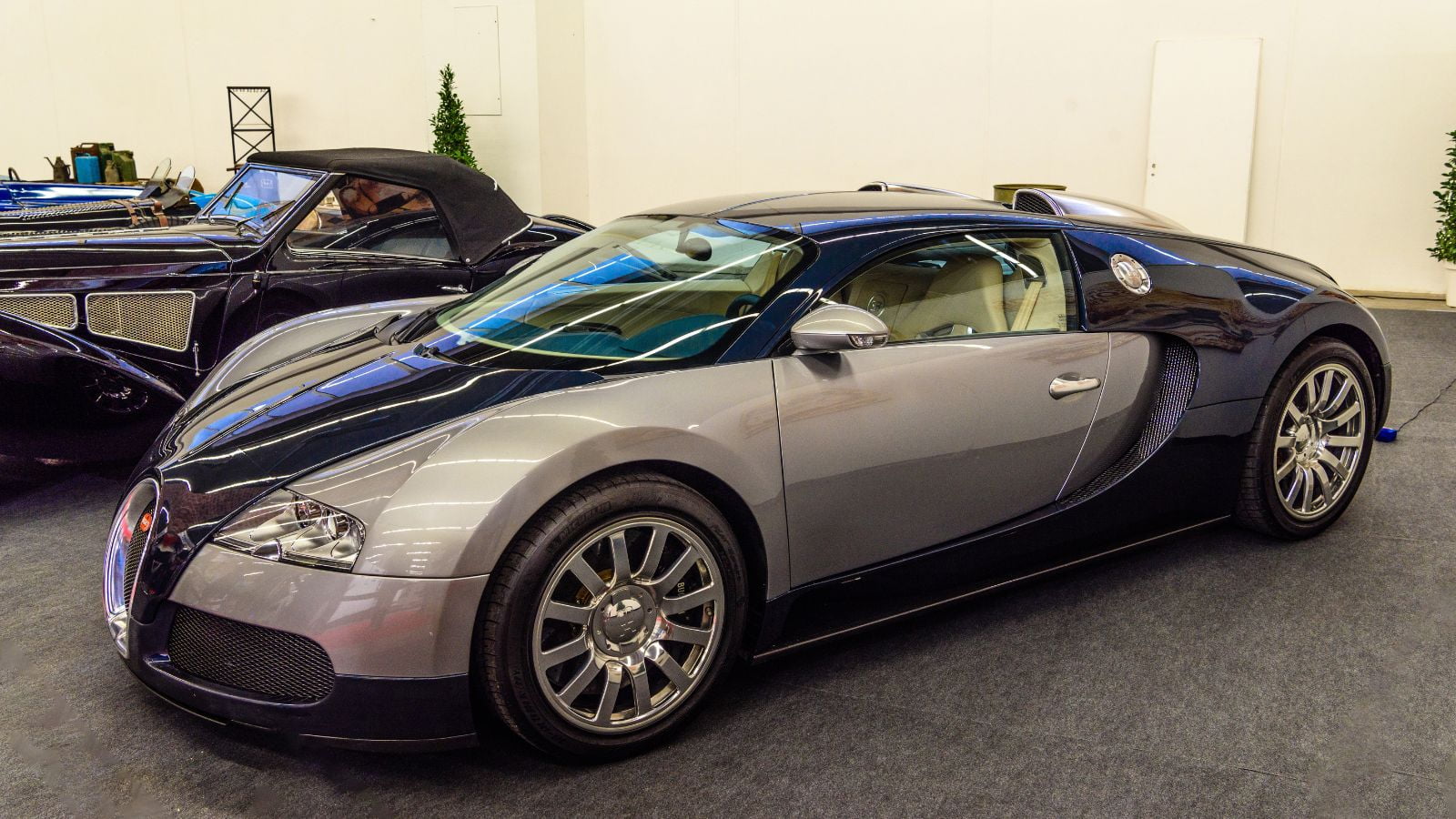
The Bugatti Veyron was unveiled in 2005 and designed by Jozef Kabaň, breaking records and changing the supercar game. It was powered by a quad-turbocharged 8.0L W16 engine with an incredible 1,001 horsepower that propelled the car to 0 to 60 mph in just 2.5 seconds. Its interior could rival that opulence with hand-stitched leather seats, bespoke infotainment systems, and luxury materials. It became the ultimate status symbol of the 2000s: speed, luxury, and exclusivity combined into one beautiful vehicle.
Tesla Model S, 2012
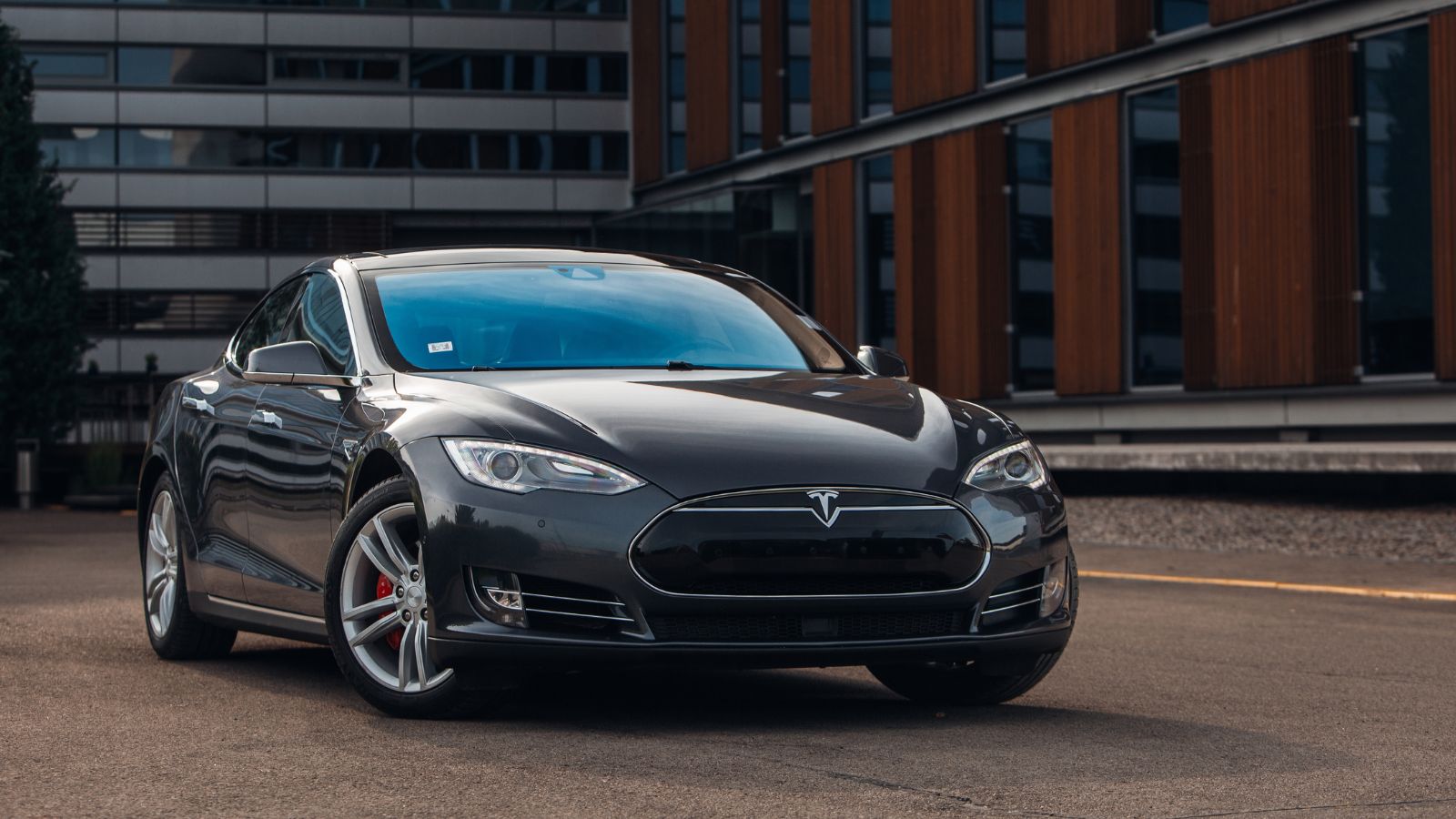
Franz von Holzhausen penned the 2012 Tesla Model S. Tesla redefined electric cars with this. It yielded as much as 1,020 hp from its two electric motors in the Plaid variant and was good enough to go from 0 to 60 mph in only 1.99 seconds. It was spacious, with a large touchscreen and minimal interior styling for five passengers. The Model S proved that electric cars could be both practical and exhilarating and, therefore, a symbol of change towards sustainable transportation.
25 Facts About Car Loans That Most Drivers Don’t Realize

Car loans are one of the most common ways people fund car purchases. Like any other kind of loan, car loans can have certain features that can be regarded as an advantage or a disadvantage to the borrower. Understanding all essential facts about car loans and how they work to ensure that you get the best deal for your financial situation is essential. Here are 25 shocking facts about car loans that most drivers don’t realize:
25 Facts About Car Loans That Most Drivers Don’t Realize
